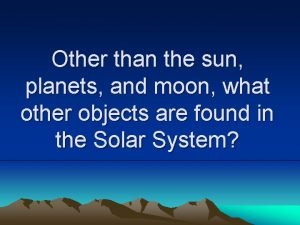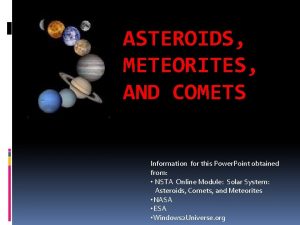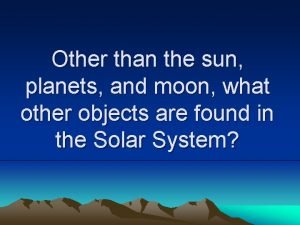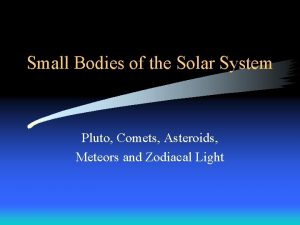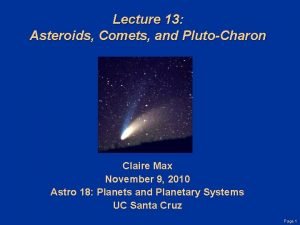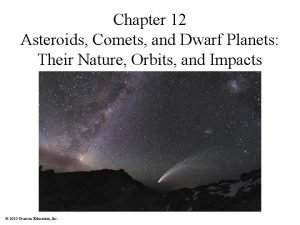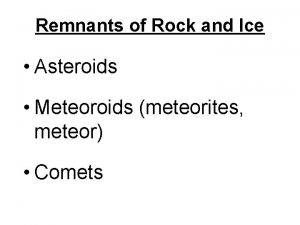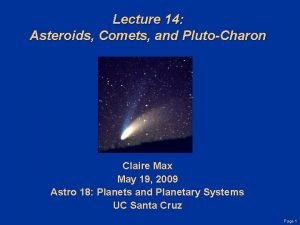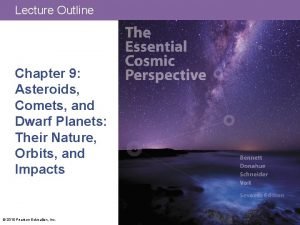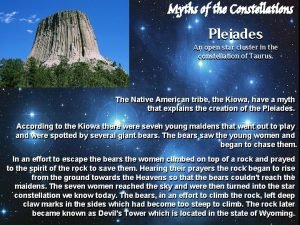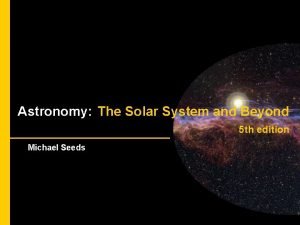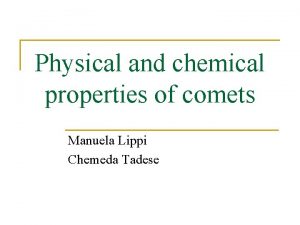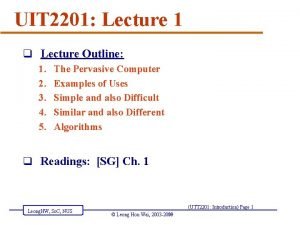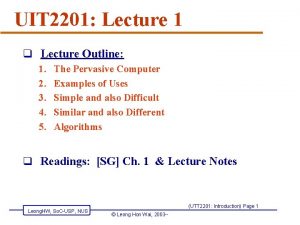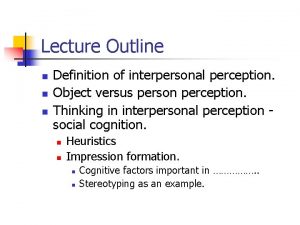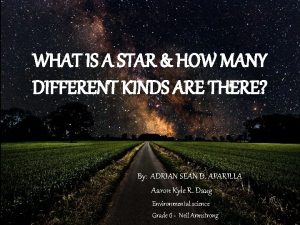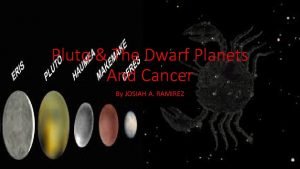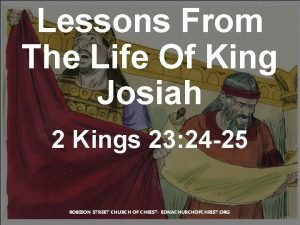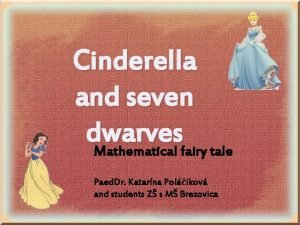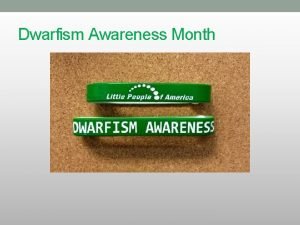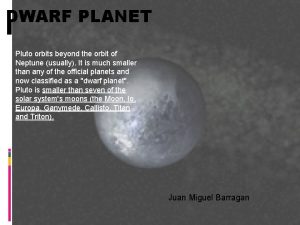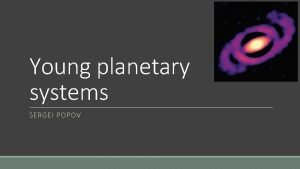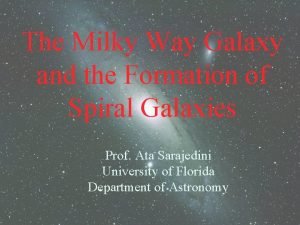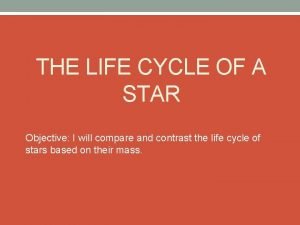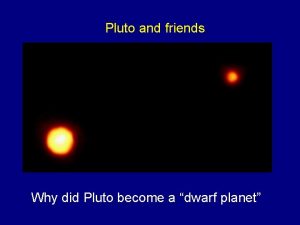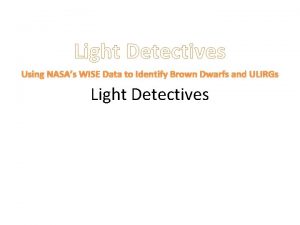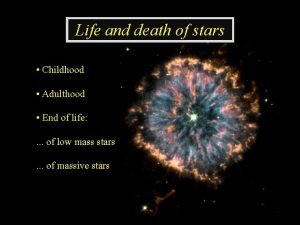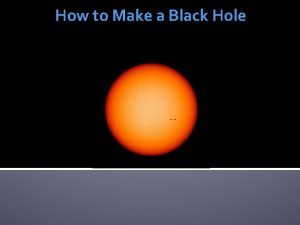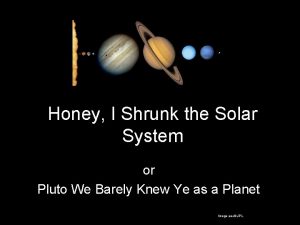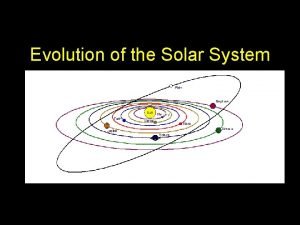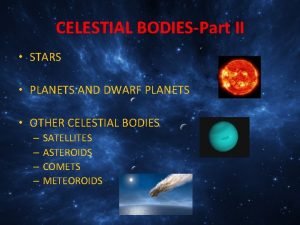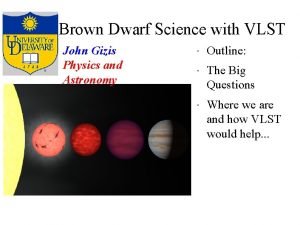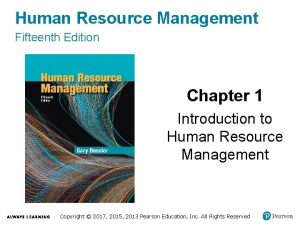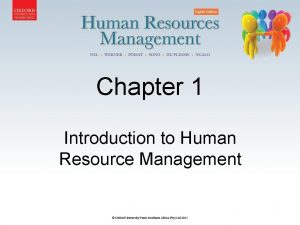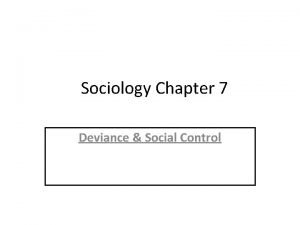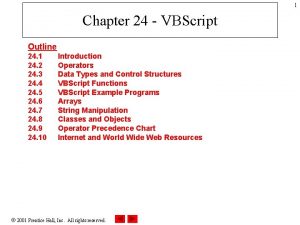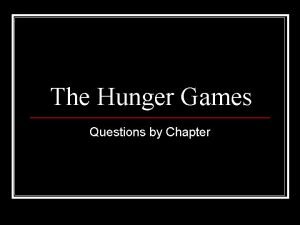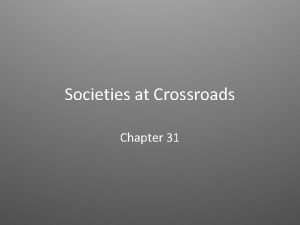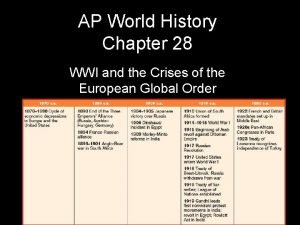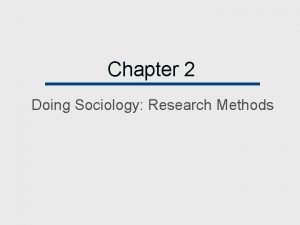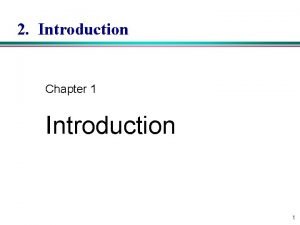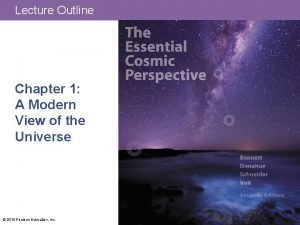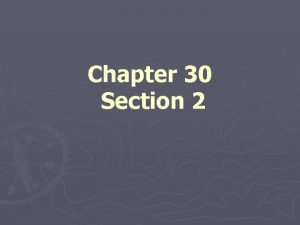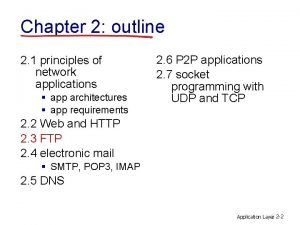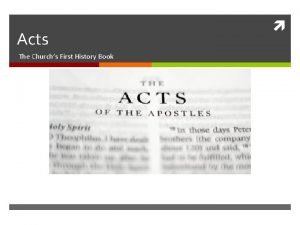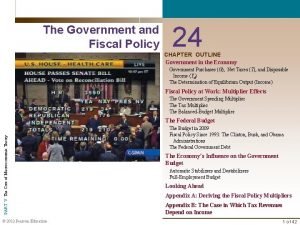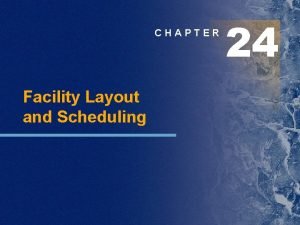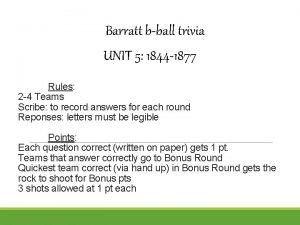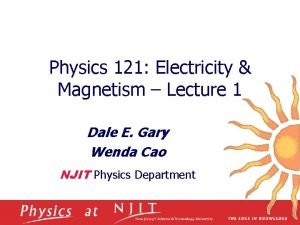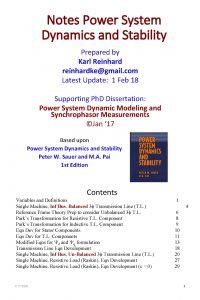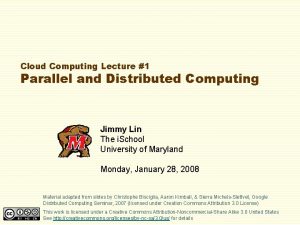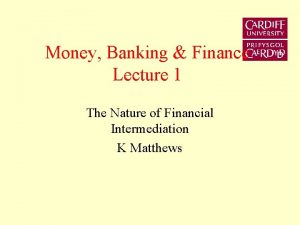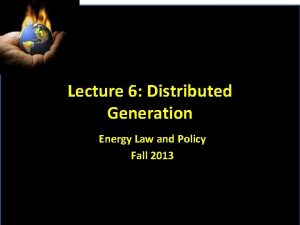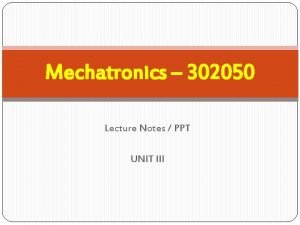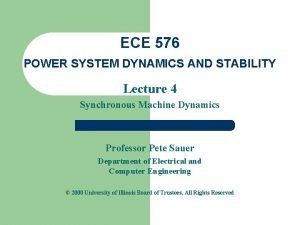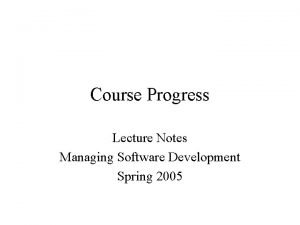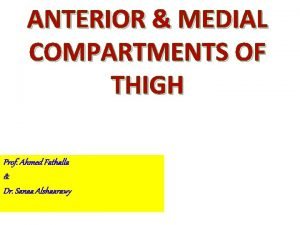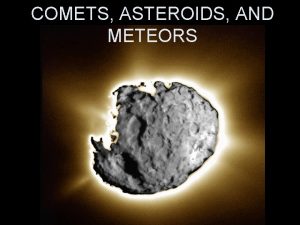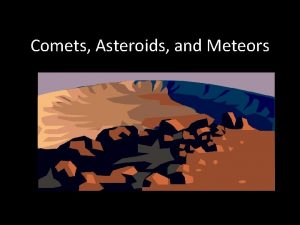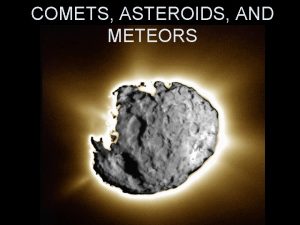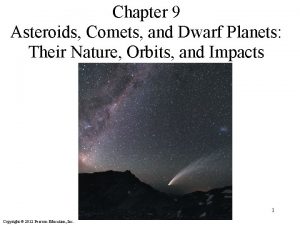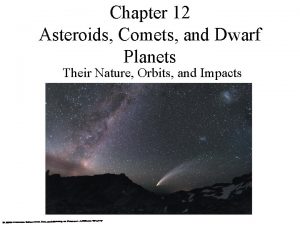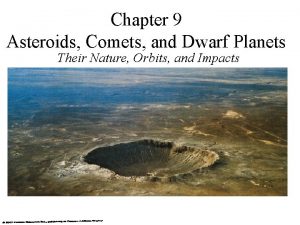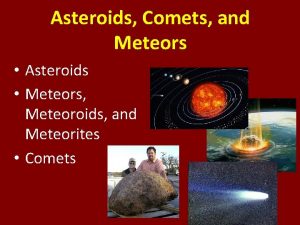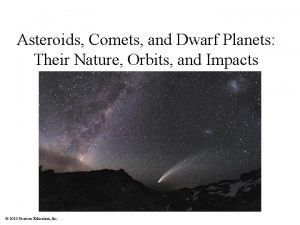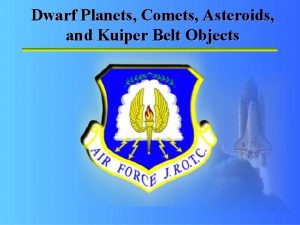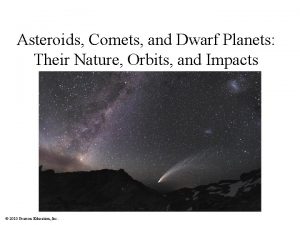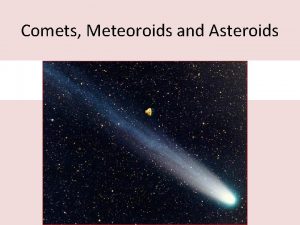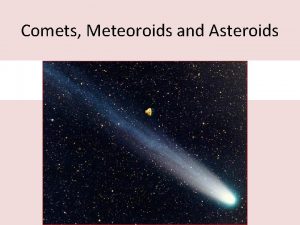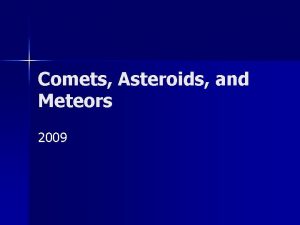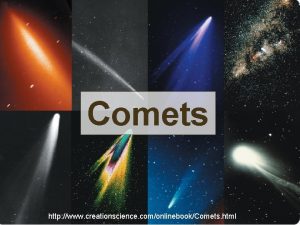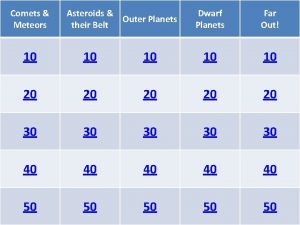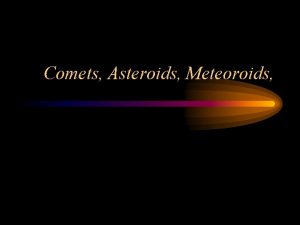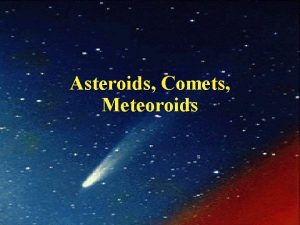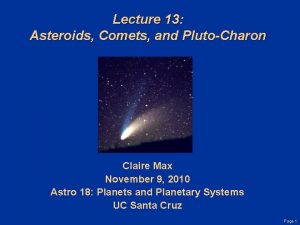Lecture Outline Chapter 9 Asteroids Comets and Dwarf



















































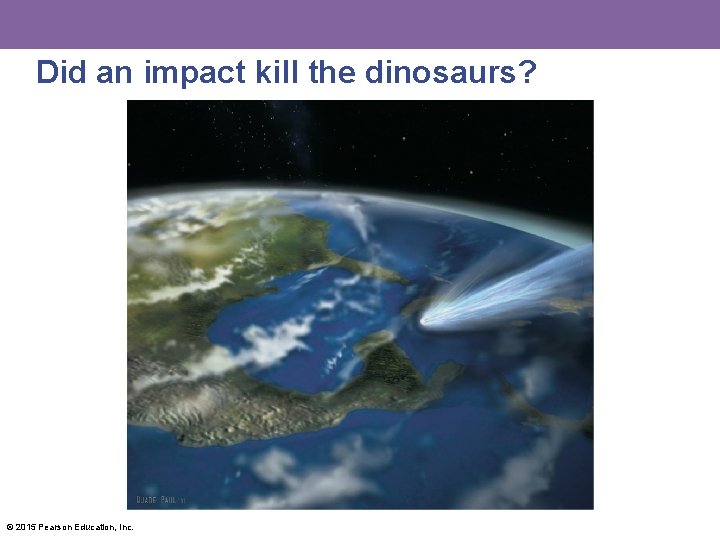
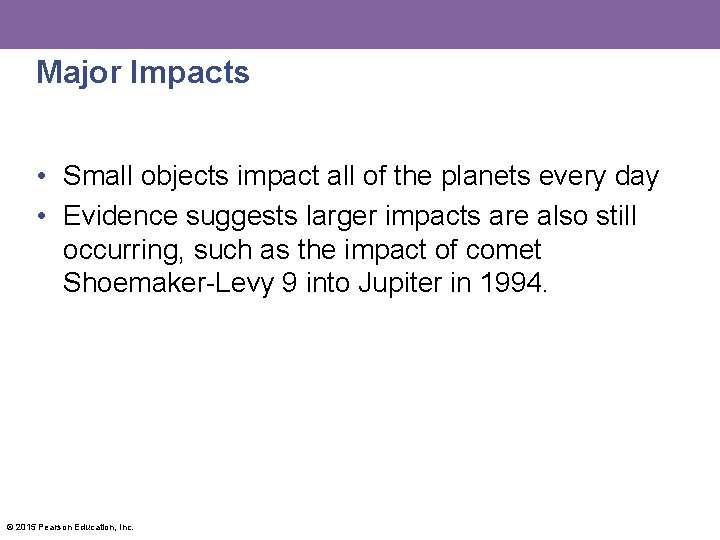

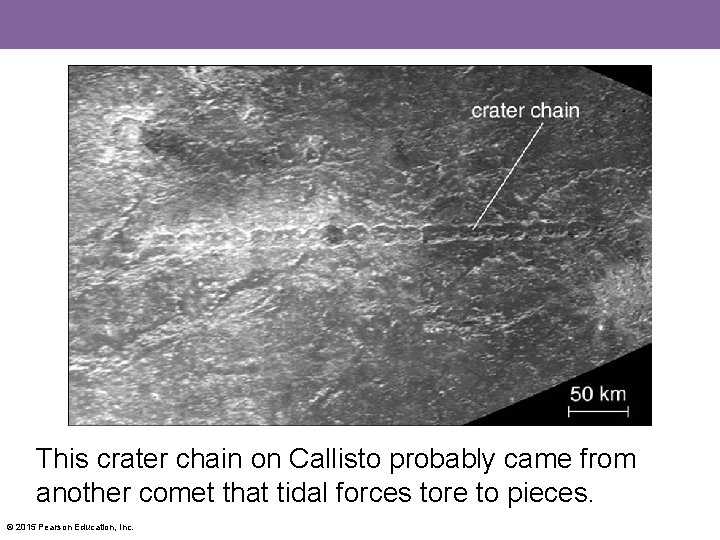
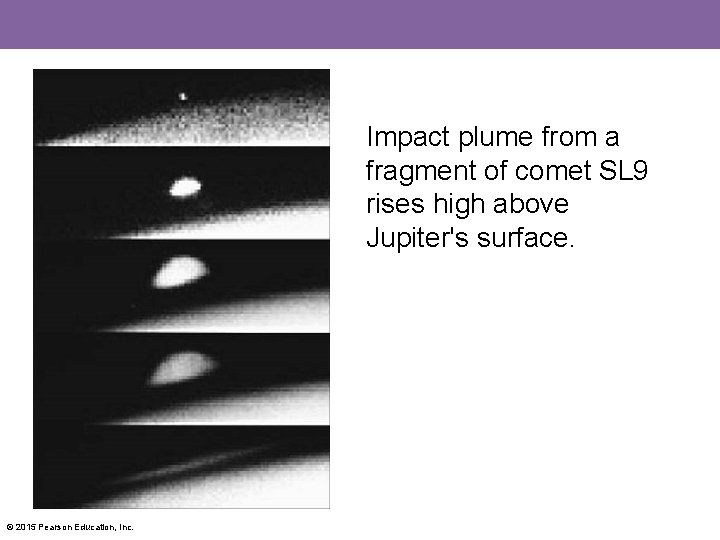
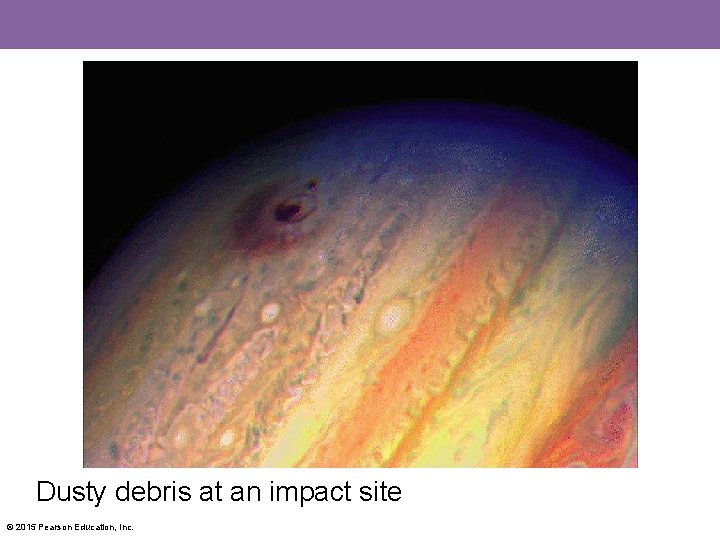
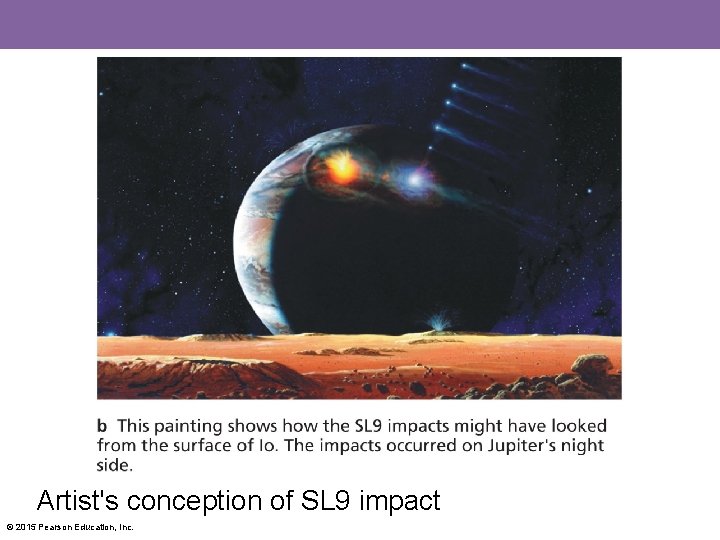

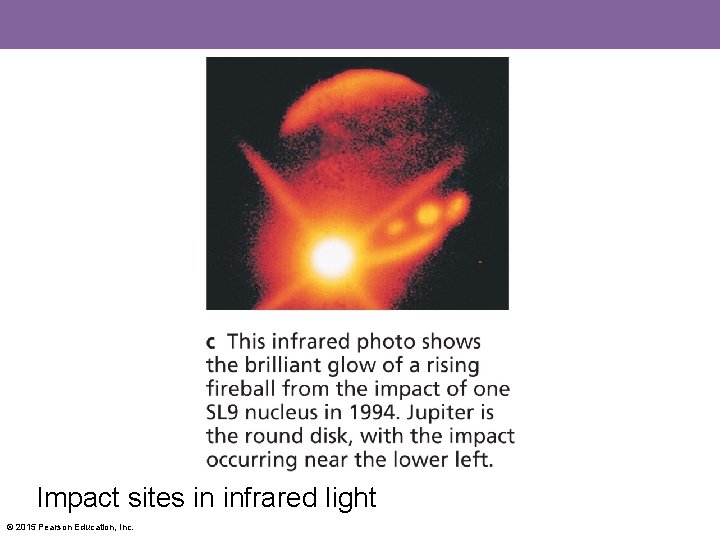
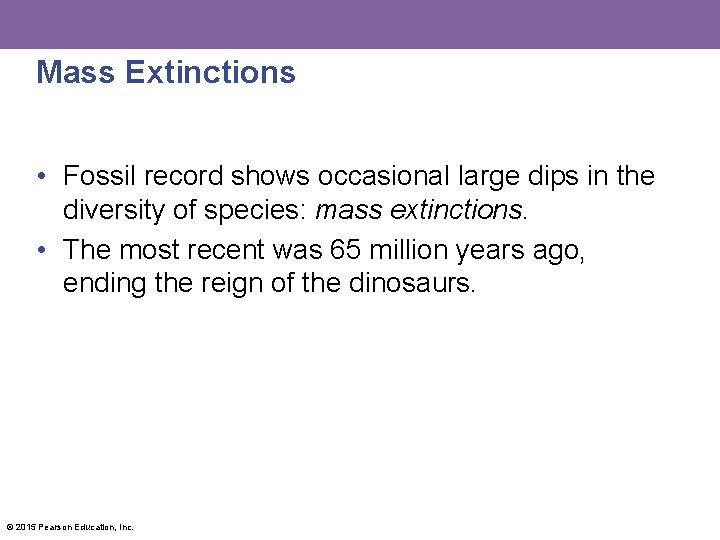


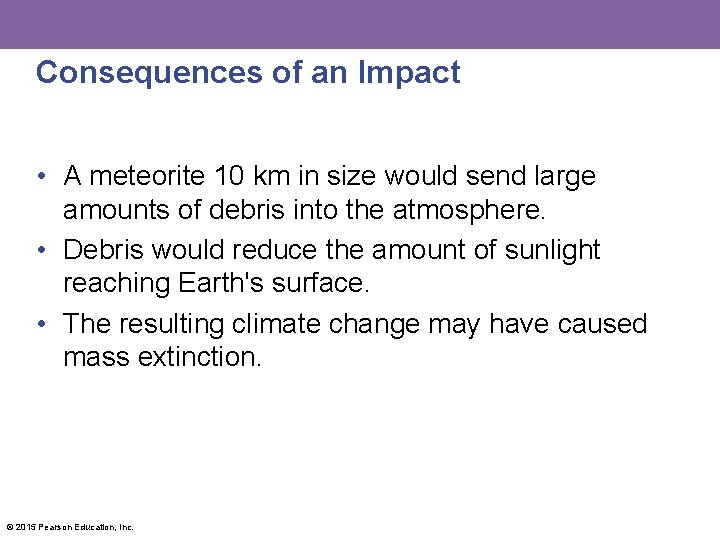
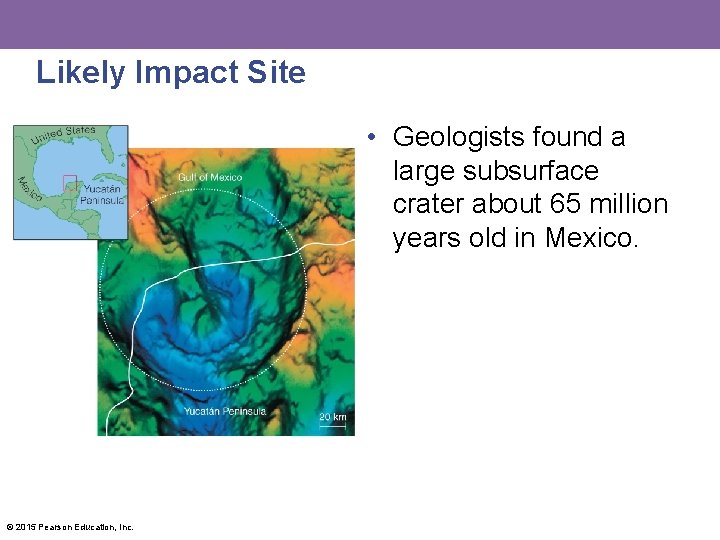
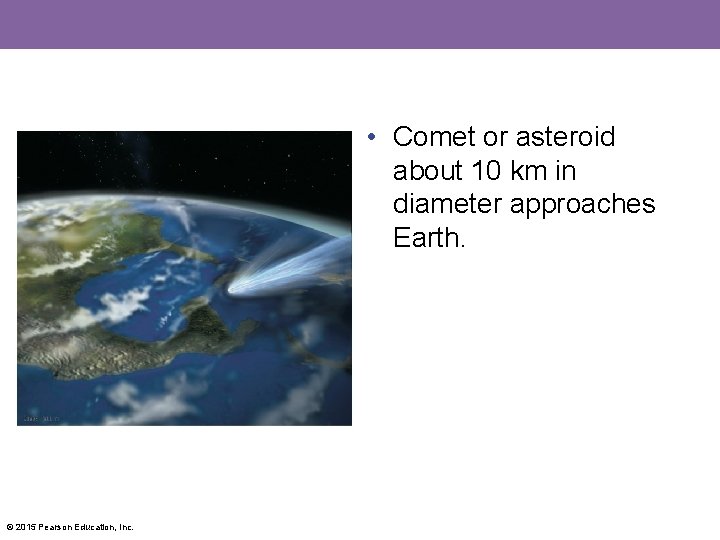
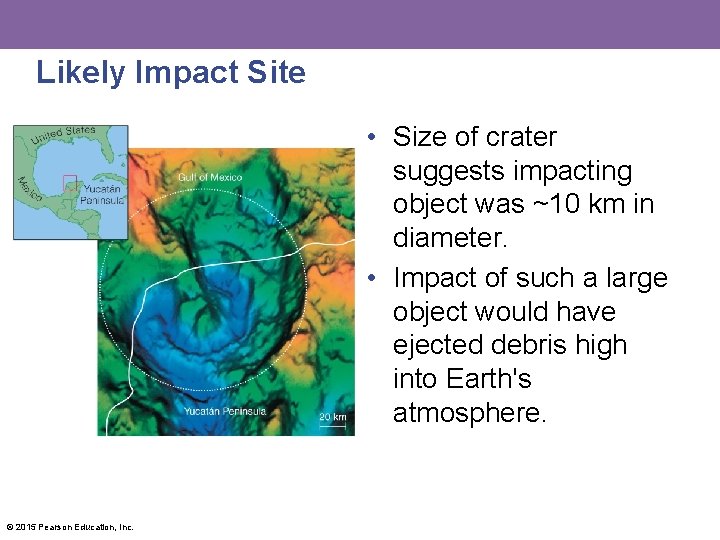
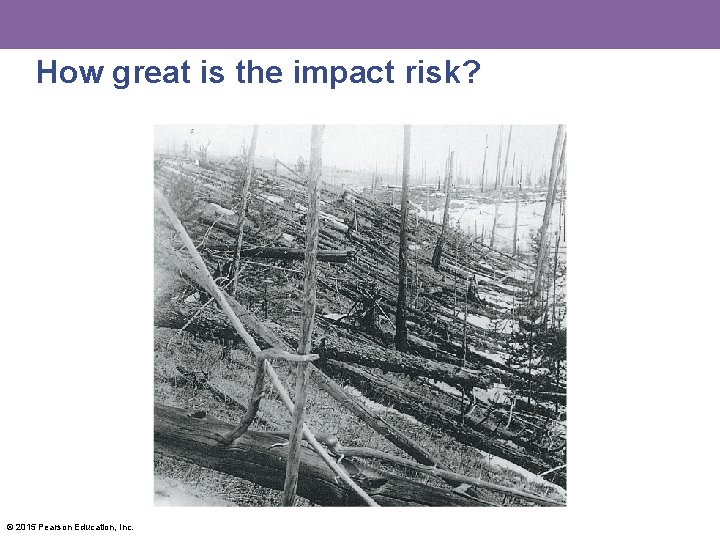

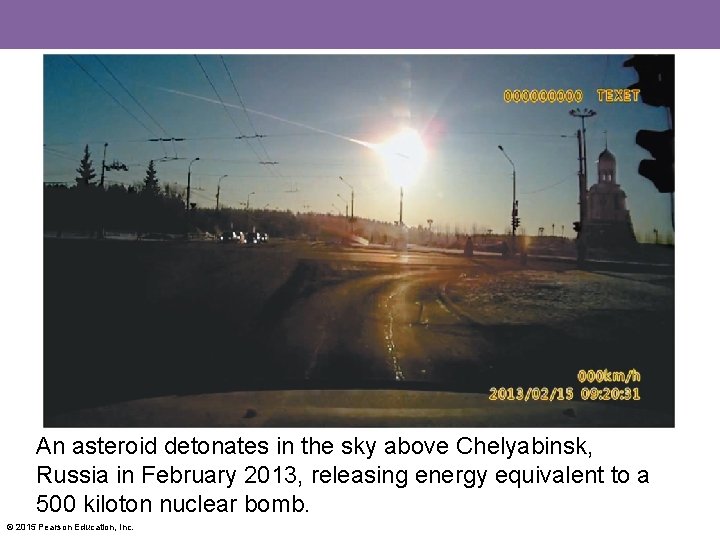
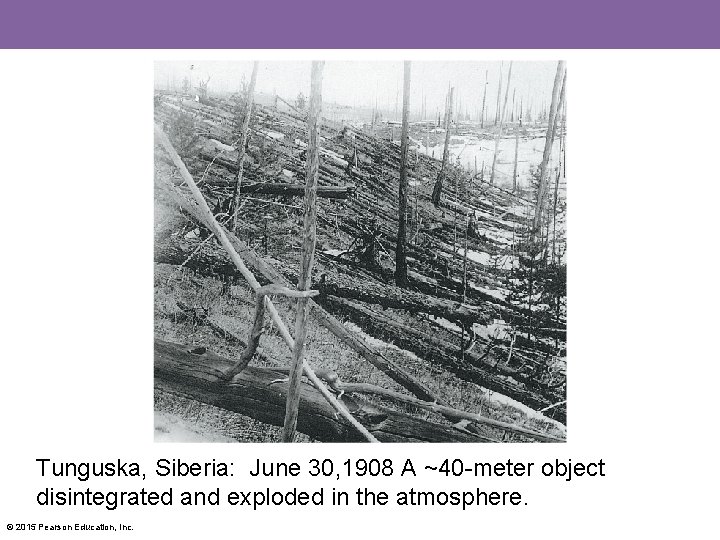
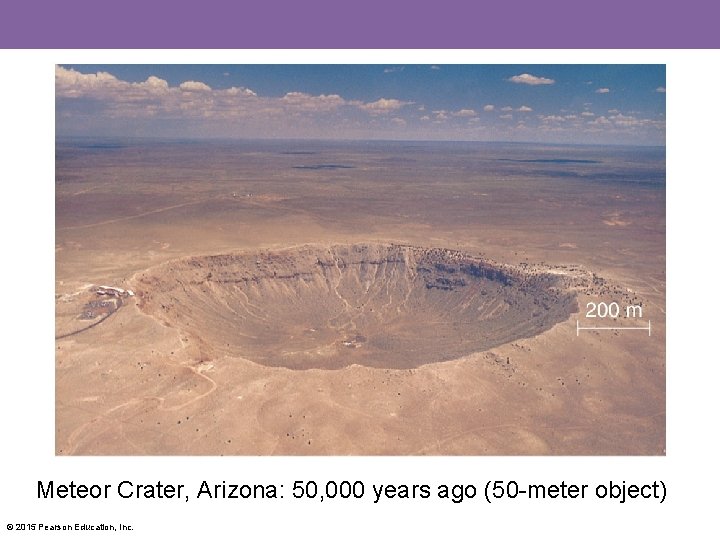

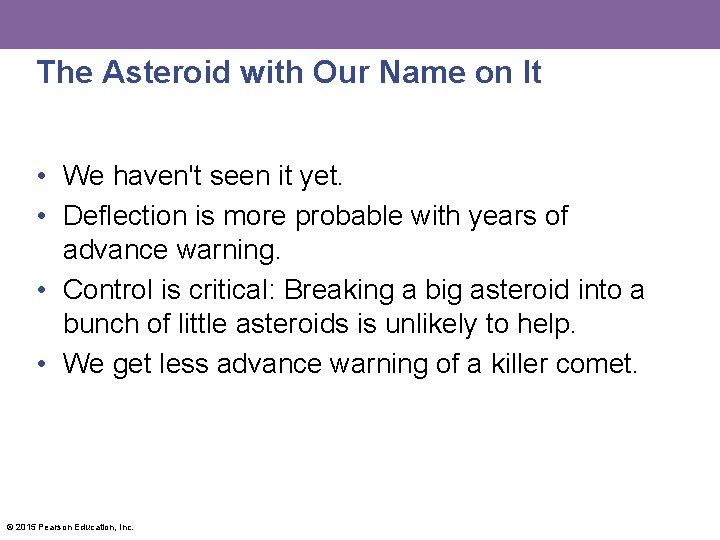
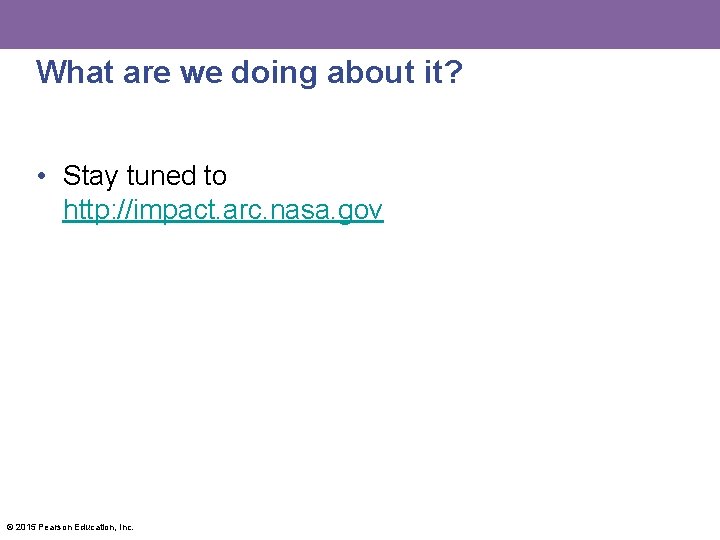
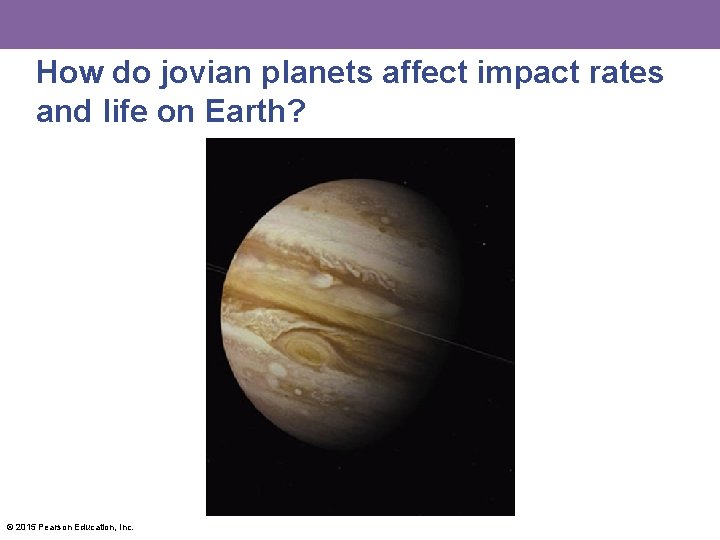
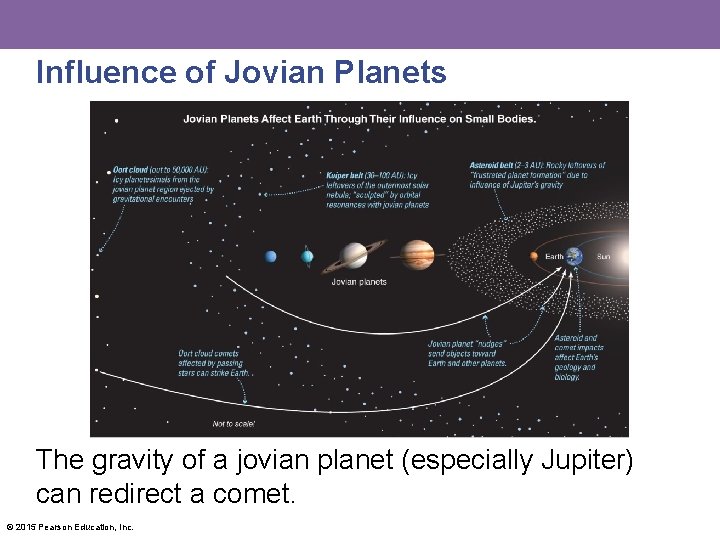
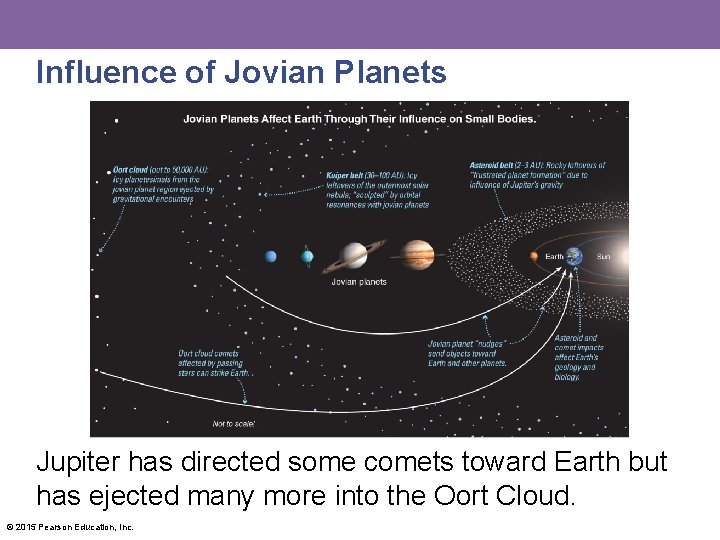
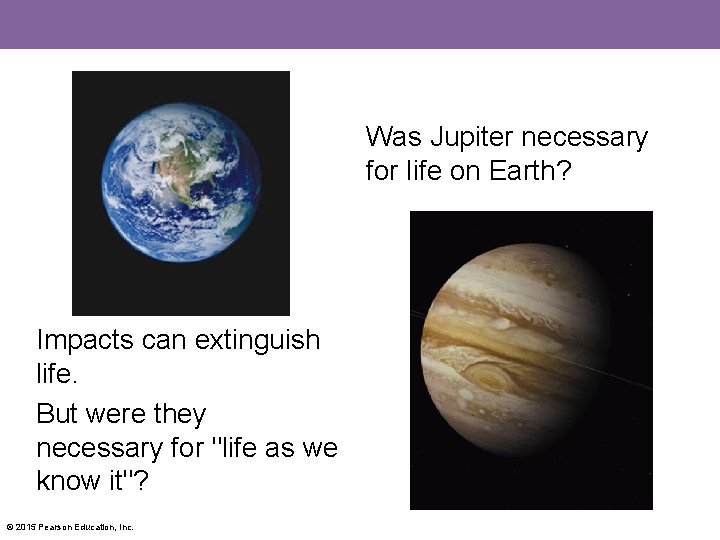
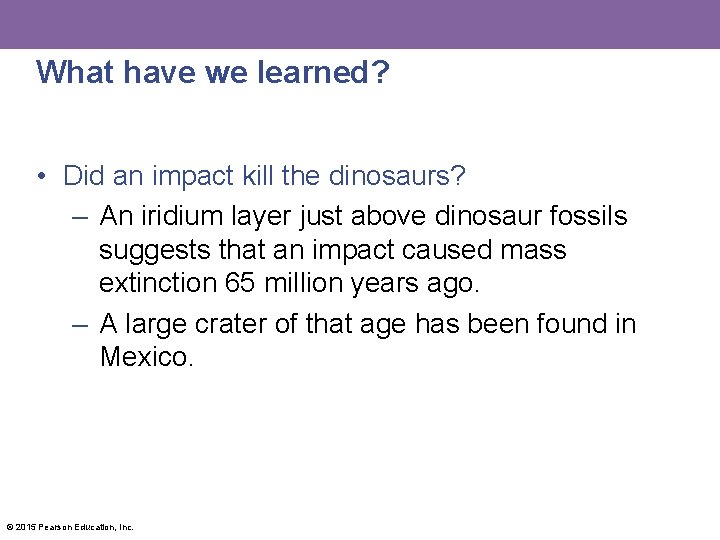
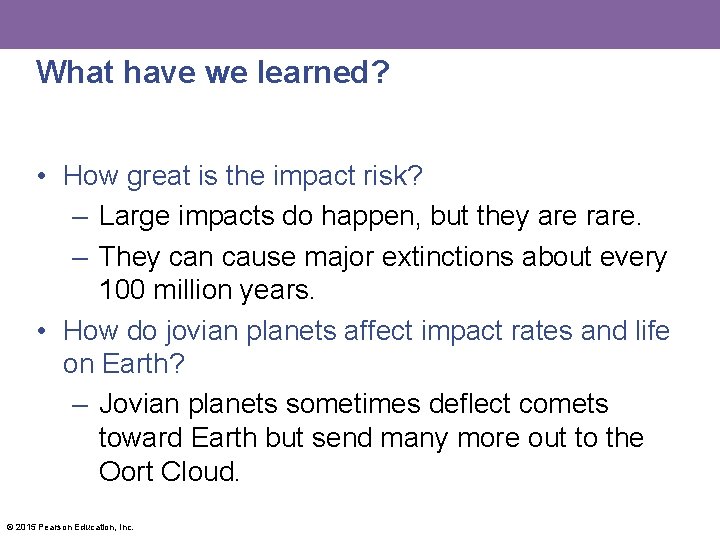
- Slides: 81

Lecture Outline Chapter 9: Asteroids, Comets, and Dwarf Planets: Their Nature, Orbits, and Impacts © 2015 Pearson Education, Inc.

9. 1 Asteroids and Meteorites Our goals for learning: • What are asteroids like? • Why is there an asteroid belt? • How are meteorites related to asteroids? © 2015 Pearson Education, Inc.

What are asteroids like? © 2015 Pearson Education, Inc.

Discovering Asteroids • Asteroids leave trails in long-exposure images because of their orbital motion around the Sun. © 2015 Pearson Education, Inc.

Asteroid Facts • Asteroids are rocky leftovers of planet formation. • The largest is Ceres, diameter ~1000 km. • There are 150, 000 listed in catalogs, and probably over a million with diameter >1 km. • Small asteroids are more common than large asteroids. • All the asteroids in the solar system wouldn't add up to even a small terrestrial planet. © 2015 Pearson Education, Inc.

Asteroids are cratered and not round. © 2015 Pearson Education, Inc.

Vesta from Dawn © 2015 Pearson Education, Inc.

Asteroids with Moons • Some large asteroids have their own moons. • Asteroid Ida has a tiny moon named Dactyl. © 2015 Pearson Education, Inc.

Asteroid Orbits • Most asteroids orbit in a belt between Mars and Jupiter. • Trojan asteroids follow Jupiter's orbit. • Orbits of near-Earth asteroids cross Earth's orbit. © 2015 Pearson Education, Inc.

Thought Question Why are there very few asteroids beyond Jupiter's orbit? A. There was no rocky material beyond Jupiter's orbit. B. The heaviest rocks sank toward the center of the solar system. C. Ice could form in the outer solar system. D. A passing star probably stripped away all of those asteroids, even if they were there at one time. © 2015 Pearson Education, Inc.

Thought Question Why are there very few asteroids beyond Jupiter's orbit? A. There was no rocky material beyond Jupiter's orbit. B. The heaviest rocks sank toward the center of the solar system. C. Ice could form in the outer solar system. D. A passing star probably stripped away all of those asteroids, even if they were there at one time. © 2015 Pearson Education, Inc.

Thought Question Which explanation for the asteroid belt seems the most plausible? A. The belt is where all the asteroids happened to form. B. The belt is the remnant of a large terrestrial planet that used to be between Mars and Jupiter. C. The belt is where all the asteroids happened to survive. © 2015 Pearson Education, Inc.

Thought Question Which explanation for the asteroid belt seems the most plausible? A. The belt is where all the asteroids happened to form. B. The belt is the remnant of a large terrestrial planet that used to be between Mars and Jupiter. C. The belt is where all the asteroids happened to survive. But WHY didn't they form a little planet? © 2015 Pearson Education, Inc.

Orbital Resonances • Asteroids in orbital resonance with Jupiter experience periodic nudges. • Eventually those nudges move asteroids out of resonant orbits, leaving gaps in the belt. © 2015 Pearson Education, Inc.

Origin of Asteroid Belt • Rocky planetesimals between Mars and Jupiter did not accrete into a planet. • Jupiter's gravity, through influence of orbital resonances, stirred up asteroid orbits and prevented their accretion into a planet. © 2015 Pearson Education, Inc.

How are meteorites related to asteroids? © 2015 Pearson Education, Inc.

Origin of Meteorites • Most meteorites are pieces of asteroids. © 2015 Pearson Education, Inc.

Meteor Terminology • Meteorite: A rock from space that falls through Earth's atmosphere. • Meteor: The bright trail left by a meteorite. © 2015 Pearson Education, Inc.

Meteorite Types 1. Primitive: Unchanged in composition since they first formed 4. 6 billion years ago 2. Processed: Younger, have experienced processes such as volcanism or differentiation © 2015 Pearson Education, Inc.

Primitive Meteorites © 2015 Pearson Education, Inc.

Processed Meteorites © 2015 Pearson Education, Inc.

Meteorites from the Moon and Mars • A few meteorites arrive on Earth from the Moon and Mars. • Composition differs from the asteroid fragments. • This is a cheap (but slow) way to acquire moon rocks and Mars rocks. © 2015 Pearson Education, Inc.

What have we learned? • What are asteroids like? – Asteroids are rocky leftovers from the era of planet formation. • Why is there an asteroid belt? – Orbital resonances with Jupiter prevented rocky planetesimals between Jupiter and Mars from forming a planet. © 2015 Pearson Education, Inc.

What have we learned? • How are meteorites related to asteroids? – Most meteorites are pieces of asteroids. – Primitive meteorites are remnants from solar nebula. – Processed meteorites are fragments of larger bodies that underwent differentiation. © 2015 Pearson Education, Inc.

9. 2 Comets Our goals for learning: • How do comets get their tails? • Where do comets come from? © 2015 Pearson Education, Inc.

How do comets get their tails? © 2015 Pearson Education, Inc.

Comet Facts • Formed beyond the frost line, comets are icy counterparts to asteroids. • The nucleus of a comet is like a "dirty snowball. " • Most comets do not have tails. • Most comets remain perpetually frozen in the outer solar system. • Only comets that enter the inner solar system grow tails. © 2015 Pearson Education, Inc.

Nucleus of Comet • A "dirty snowball” • Source of material for comet's tail © 2015 Pearson Education, Inc.

Anatomy of a Comet • Coma is atmosphere that comes from heated nucleus. • Plasma tail is gas escaping from coma, pushed by solar wind. • Dust tail is pushed by photons. © 2015 Pearson Education, Inc.

Growth of Tail © 2015 Pearson Education, Inc.

Deep Impact • Mission to study nucleus of Comet Tempel 1 • Projectile hit surface on July 4, 2005. • Many telescopes studied aftermath of impact. © 2015 Pearson Education, Inc.

Comets eject small particles that follow the comet around in its orbit and cause meteor showers when Earth crosses the comet's orbit. © 2015 Pearson Education, Inc.

Meteors in a shower appear to emanate from the same area of sky because of Earth's motion through space. © 2015 Pearson Education, Inc.

Where do comets come from? © 2015 Pearson Education, Inc.

Only a tiny number of comets enter the inner solar system; most stay far from the Sun. Oort Cloud: Comets on random orbits extending to about 50, 000 AU Kuiper Belt: Comets on orderly orbits at 30 -100 AU in disk of solar system © 2015 Pearson Education, Inc.

How did they get there? • Kuiper Belt comets formed in the Kuiper Belt. – Flat plane aligned with the plane of planetary orbits – Orbiting in the same direction as the planets • Oort Cloud comets were once closer to the Sun, but they were kicked farther out by gravitational interactions with jovian planets. – Spherical distribution – Orbiting in any direction © 2015 Pearson Education, Inc.

What have we learned? • How do comets get their tails? – Comets are like dirty snowballs. – Most are far from the Sun and do not have tails. – Tails grow when comet nears the Sun and nucleus heats up. • Where do comets come from? – Comets in plane of solar system come from Kuiper Belt. – Comets on random orbits come from Oort Cloud. © 2015 Pearson Education, Inc.

9. 3 Pluto: Lone Dog No More Our goals for learning: • How big can a comet be? • What are Pluto and other large objects of the Kuiper Belt like? © 2015 Pearson Education, Inc.

How big can a comet be? © 2015 Pearson Education, Inc.

Pluto's Orbit • Pluto's orbit is tilted and significantly elliptical. • Neptune orbits three times during the time Pluto orbits twice—resonance prevents a collision. © 2015 Pearson Education, Inc.

Is Pluto a planet? • • • Much smaller than the eight major planets Not a gas giant like the outer planets Has an icy composition like a comet Has a very elliptical, inclined orbit Pluto has more in common with comets than with the eight major planets. © 2015 Pearson Education, Inc.

Discovering Large Iceballs • In summer 2005, astronomers discovered Eris, an iceball even larger than Pluto. • Eris even has a moon: Dysnomia. © 2015 Pearson Education, Inc.

Other Icy Bodies • There are many icy objects like Pluto on elliptical, inclined orbits beyond Neptune. • The largest ones are comparable in size to Earth's Moon. © 2015 Pearson Education, Inc.

Kuiper Belt Objects • These large, icy objects have orbits similar to the smaller objects in the Kuiper Belt that become short period comets. • So are they very large comets or very small planets? © 2015 Pearson Education, Inc.

Is Pluto a planet? • In 2006, the International Astronomical Union decided to call Pluto and objects like it "dwarf planets. " © 2015 Pearson Education, Inc.

What are Pluto and other large objects of the Kuiper Belt like? © 2015 Pearson Education, Inc.

What is Pluto like? • Its largest moon, Charon, is nearly as large as Pluto itself (probably made by a major impact). • Pluto is very cold (40 K). • Pluto has a thin nitrogen atmosphere that refreezes onto the surface as Pluto's orbit takes it farther from the Sun. © 2015 Pearson Education, Inc.

HST's View of Pluto and Its Moons © 2015 Pearson Education, Inc.

Other Kuiper Belt Objects • Most have been discovered very recently so little is known about them. • NASA's New Horizons mission will study Pluto in a planned flyby and will attempt to visit a few other Kuiper Belt Objects. © 2015 Pearson Education, Inc.

What have we learned? • How big can a comet be? – The Kuiper Belt from which comets come contains objects as large as Pluto. – Pluto and other "dwarf planets" are more like large comets than like major planets. • What are Pluto and other large objects of the Kuiper Belt like? – Large objects in the Kuiper Belt have tilted, elliptical orbits and icy compositions like those of comets. © 2015 Pearson Education, Inc.

9. 4 Cosmic Collisions: Impacts on Earth Our goals for learning: • Did an impact kill the dinosaurs? • How great is the impact risk? • How do jovian planets affect impact rates and life on Earth? © 2015 Pearson Education, Inc.

Did an impact kill the dinosaurs? © 2015 Pearson Education, Inc.

Major Impacts • Small objects impact all of the planets every day • Evidence suggests larger impacts are also still occurring, such as the impact of comet Shoemaker-Levy 9 into Jupiter in 1994. © 2015 Pearson Education, Inc.

Comet SL 9 caused a string of violent impacts on Jupiter in 1994, reminding us that catastrophic collisions still happen. Tidal forces tore it apart during a previous encounter with Jupiter. © 2015 Pearson Education, Inc.

This crater chain on Callisto probably came from another comet that tidal forces tore to pieces. © 2015 Pearson Education, Inc.

Impact plume from a fragment of comet SL 9 rises high above Jupiter's surface. © 2015 Pearson Education, Inc.

Dusty debris at an impact site © 2015 Pearson Education, Inc.

Artist's conception of SL 9 impact © 2015 Pearson Education, Inc.

Several impact sites © 2015 Pearson Education, Inc.

Impact sites in infrared light © 2015 Pearson Education, Inc.

Mass Extinctions • Fossil record shows occasional large dips in the diversity of species: mass extinctions. • The most recent was 65 million years ago, ending the reign of the dinosaurs. © 2015 Pearson Education, Inc.

Iridium: Evidence of an Impact • Iridium is very rare in Earth surface rocks but is often found in meteorites. • Luis and Walter Alvarez found a worldwide layer containing iridium, laid down 65 million years ago, probably by a meteorite impact. • Dinosaur fossils all lie below this layer. © 2015 Pearson Education, Inc.

Iridium Layer No dinosaur fossils in upper rock layers Thin layer containing the rare element iridium Dinosaur fossils in lower rock layers © 2015 Pearson Education, Inc.

Consequences of an Impact • A meteorite 10 km in size would send large amounts of debris into the atmosphere. • Debris would reduce the amount of sunlight reaching Earth's surface. • The resulting climate change may have caused mass extinction. © 2015 Pearson Education, Inc.

Likely Impact Site • Geologists found a large subsurface crater about 65 million years old in Mexico. © 2015 Pearson Education, Inc.

• Comet or asteroid about 10 km in diameter approaches Earth. © 2015 Pearson Education, Inc.

Likely Impact Site • Size of crater suggests impacting object was ~10 km in diameter. • Impact of such a large object would have ejected debris high into Earth's atmosphere. © 2015 Pearson Education, Inc.

How great is the impact risk? © 2015 Pearson Education, Inc.

Facts About Impacts • Asteroids and comets have hit Earth. • A major impact is only a matter of time: not IF but WHEN. • Major impacts are very rare. • Extinction level events ~ millions of years • Major damage ~ tens to hundreds of years © 2015 Pearson Education, Inc.

An asteroid detonates in the sky above Chelyabinsk, Russia in February 2013, releasing energy equivalent to a 500 kiloton nuclear bomb. © 2015 Pearson Education, Inc.

Tunguska, Siberia: June 30, 1908 A ~40 -meter object disintegrated and exploded in the atmosphere. © 2015 Pearson Education, Inc.

Meteor Crater, Arizona: 50, 000 years ago (50 -meter object) © 2015 Pearson Education, Inc.

Frequency of Impacts • Small impacts happen almost daily. • Impacts large enough to cause mass extinctions are many millions of years apart. © 2015 Pearson Education, Inc.

The Asteroid with Our Name on It • We haven't seen it yet. • Deflection is more probable with years of advance warning. • Control is critical: Breaking a big asteroid into a bunch of little asteroids is unlikely to help. • We get less advance warning of a killer comet. © 2015 Pearson Education, Inc.

What are we doing about it? • Stay tuned to http: //impact. arc. nasa. gov © 2015 Pearson Education, Inc.

How do jovian planets affect impact rates and life on Earth? © 2015 Pearson Education, Inc.

Influence of Jovian Planets The gravity of a jovian planet (especially Jupiter) can redirect a comet. © 2015 Pearson Education, Inc.

Influence of Jovian Planets Jupiter has directed some comets toward Earth but has ejected many more into the Oort Cloud. © 2015 Pearson Education, Inc.

Was Jupiter necessary for life on Earth? Impacts can extinguish life. But were they necessary for "life as we know it"? © 2015 Pearson Education, Inc.

What have we learned? • Did an impact kill the dinosaurs? – An iridium layer just above dinosaur fossils suggests that an impact caused mass extinction 65 million years ago. – A large crater of that age has been found in Mexico. © 2015 Pearson Education, Inc.

What have we learned? • How great is the impact risk? – Large impacts do happen, but they are rare. – They can cause major extinctions about every 100 million years. • How do jovian planets affect impact rates and life on Earth? – Jovian planets sometimes deflect comets toward Earth but send many more out to the Oort Cloud. © 2015 Pearson Education, Inc.
 Difference between comets and asteroids and meteors
Difference between comets and asteroids and meteors Difference between comets and asteroids and meteors
Difference between comets and asteroids and meteors Asteroids meteors and comets worksheet
Asteroids meteors and comets worksheet Comets asteroids
Comets asteroids An icy leftover planetesimal orbiting the sun is
An icy leftover planetesimal orbiting the sun is Jupiter nudges the asteroids through the influence of
Jupiter nudges the asteroids through the influence of Asteroids
Asteroids A rocky leftover planetesimal orbiting the sun is
A rocky leftover planetesimal orbiting the sun is Jupiter nudges the asteroids through the influence of
Jupiter nudges the asteroids through the influence of Comets diagram
Comets diagram Origin of meteorites
Origin of meteorites Physical properties of comets
Physical properties of comets 01:640:244 lecture notes - lecture 15: plat, idah, farad
01:640:244 lecture notes - lecture 15: plat, idah, farad Lecture outline example
Lecture outline example Lecture outline example
Lecture outline example Lecture outline example
Lecture outline example Lecture outline meaning
Lecture outline meaning Quotation sandwhich
Quotation sandwhich Star kinds
Star kinds Dwarf tossing record
Dwarf tossing record Is josiah a dwarf
Is josiah a dwarf Lessons learned from king josiah
Lessons learned from king josiah How many dwarfs does cinderella have
How many dwarfs does cinderella have The sagittarius dwarf tidal stream
The sagittarius dwarf tidal stream English
English Dwarf awareness month
Dwarf awareness month Dwarf bb puffer
Dwarf bb puffer Dwarf planet symbols
Dwarf planet symbols Brown dwarf
Brown dwarf Closest galaxy to milky way
Closest galaxy to milky way White dwarf neutron star black hole
White dwarf neutron star black hole Pluto planta
Pluto planta Light detectives
Light detectives White dwarf star example
White dwarf star example The dwarf cho se hui
The dwarf cho se hui Black dwarf star
Black dwarf star Pluto planta
Pluto planta Black dwarf star
Black dwarf star Dwarf fortress
Dwarf fortress Celestial dwarf
Celestial dwarf John gizis
John gizis Brown dwarf
Brown dwarf Human resource management lecture chapter 1
Human resource management lecture chapter 1 Human resource management lecture chapter 1
Human resource management lecture chapter 1 Human resource management lecture chapter 1
Human resource management lecture chapter 1 Discourage criminal acts by threatening punishment
Discourage criminal acts by threatening punishment Romans outline by chapter
Romans outline by chapter Methodology chapter outline
Methodology chapter outline Give me liberty ch 27
Give me liberty ch 27 Secondary data
Secondary data Chapter 38 a world without borders outline
Chapter 38 a world without borders outline Vbscript
Vbscript The hunger games discussion questions for chapter 4
The hunger games discussion questions for chapter 4 Chapter 31 societies at crossroads
Chapter 31 societies at crossroads General hero
General hero Advantages and disadvantages of observation method
Advantages and disadvantages of observation method Chapter 1 outline
Chapter 1 outline Chapter 1 outline
Chapter 1 outline Agent orange and napalm
Agent orange and napalm Chapter 2 outline
Chapter 2 outline Outline of acts
Outline of acts Government spending multiplier
Government spending multiplier 24 chapter outline
24 chapter outline Apush chapter 16 conquering a continent outline
Apush chapter 16 conquering a continent outline Electricity and magnetism lecture notes
Electricity and magnetism lecture notes Power system dynamics and stability lecture notes
Power system dynamics and stability lecture notes Microbial physiology and metabolism lecture notes
Microbial physiology and metabolism lecture notes Ternology
Ternology Parallel and distributed computing lecture notes
Parallel and distributed computing lecture notes Fundamental deviation table
Fundamental deviation table Financial intermediaries ppt
Financial intermediaries ppt Banking and finance lecture
Banking and finance lecture Extempore and lecture
Extempore and lecture Utilities and energy lectures
Utilities and energy lectures Catherine belsey books
Catherine belsey books Application of mechatronics ppt
Application of mechatronics ppt Foetotomy
Foetotomy Lecture on love courtship and marriage
Lecture on love courtship and marriage Power system dynamics and stability lecture notes
Power system dynamics and stability lecture notes Project planning and management lecture notes ppt
Project planning and management lecture notes ppt Thigh
Thigh Project procurement management lecture notes
Project procurement management lecture notes
